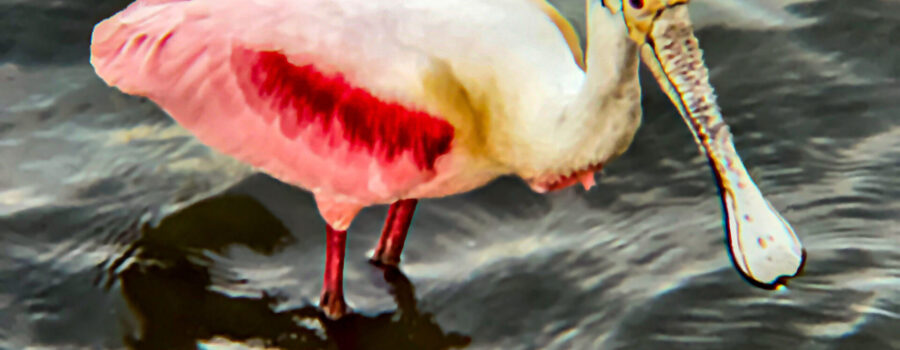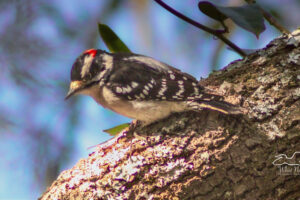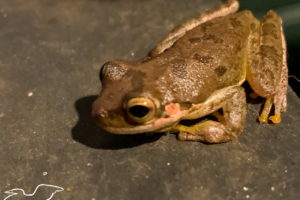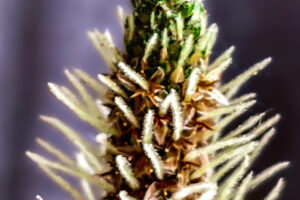Roseate Spoonbills are One of Florida’s Most Interesting Birds

While on my staycation at the beginning of May, I took a trip out to the west coast to the Lower Suwannee Wildlife Refuge and Cedar Key to do some birding. It turned out to be a great trip that started with my finding a family of Sandhill cranes (Antigone canadensis) before I even made it to the Wildlife Refuge and ended with some time spent watching a roseate spoonbill (Platalea ajaja) in Cedar Key. As you can see in the photos, roseate spoonbills are interesting looking birds with their pretty pink feathers, bald heads, and flattened bills. Some people may confuse them with flamingos due to their pink feathers, but it turns out they’re not even in the same family as flamingos. In fact, they are much more closely related to the white ibis (Eudocimus albus).

Roseate spoonbills do have a couple of things in common with flamingos even though they’re not related. Both get their pink colored feathers from ingesting carotenoids from their diets. Also, both types of birds are filter feeders, which is why they both have pretty uniquely shaped (but very different) bills. Both species filter water and muck through those very specialized beaks and pick out small fish, shrimp, crustaceans, insects, worms, and occasionally bits and pieces of plant material. Interestingly, baby spoonbills are not born with a flattened bill. The flattening begins at 9-10 days of age and is complete by the time they leave the nest at six to seven weeks old.

These colorful birds have a very limited range in the United States, being only found regularly in coastal Florida, Texas, and Louisiana. They are also found in much of coastal Central America and much of South America east of the Andes Mountains. In much of their range, roseate spoonbills are considered secure, but in Florida they are listed as a threatened species and are highly protected. There are currently estimated to be about 1100 individuals and 400 nests in Florida, most of which are found in southern counties, especially Brevard County. The range does seem to be expanding northward, with some sightings being reported from as far north as southern New England and a breeding pair being reported in Georgia. They are still considered fairly unusual this far north in Florida, so needless to say, I was absolutely thrilled to get this sighting.

Right now, these incredible birds seem to be faring pretty well in Florida, but they still face threats from habitat destruction, decreasing food supplies, accidental shootings and poaching, and global warming trends. These birds are unique, being the only spoonbills that live in the Western Hemisphere and it’s important that we help to protect them by protecting their coastal wetland habitats. Seeing a bird like this, so beautiful and so interestingly adapted to its lifestyle is always a highly moving experience. I count myself incredibly fortunate to have been able to watch and photograph such an amazing creature.





Recent Comments